Russia has no MiG-31 Foxhound unit permanently stationed anywhere close to Ukraine’s borders. And no wonder, because until recently, a scenario in which an aircraft with such a specific role — long-range interception — might be needed in this theater was unimaginable. That has now changed dramatically, and the MiG-31 is playing an important, if generally unsung role in the conflict in Ukraine, with examples of these jets currently forward deployed at two bases closer to Ukraine to take part in the fighting. From here, they are fulfilling an important role by virtue of the extreme distance at which they can engage aerial threats — a role in which they are now also joined by the Su-35S Flanker multirole fighter.

The original MiG-31, known to NATO as Foxhound-A, was developed during the Cold War and was intended to protect objects of strategic importance in the Soviet Union against cruise missile attacks launched by bombers and submarines. Since the shortest route from (and to) the probable adversary — the United States — runs through vast expanses in the north of Russia, where the airfield network is very sparse, the MiG-31 needed to have a long range. This, in turn, meant it was a large aircraft — its maximum weight is 46 tons. The need for a quick response to the missile threat resulted in a requirement for a maximum speed of Mach 2.8 (or Mach 2.35 for cruise flight).
In order to be able to counter multiple targets flying both high and very low, simultaneously, the MiG-31 received a passive electronically scanned array RP-31 Zaslon radar — it was the first fighter in the world to use this kind of technology. The heavyweight Vympel R-33 (AA-9A Amos) air-to-air missile with a range of 68 miles, and the R-33S (AA-9B) derivative with a nuclear warhead, were developed especially for the MiG-31. Four such missiles are carried in tandem pairs under the fuselage.
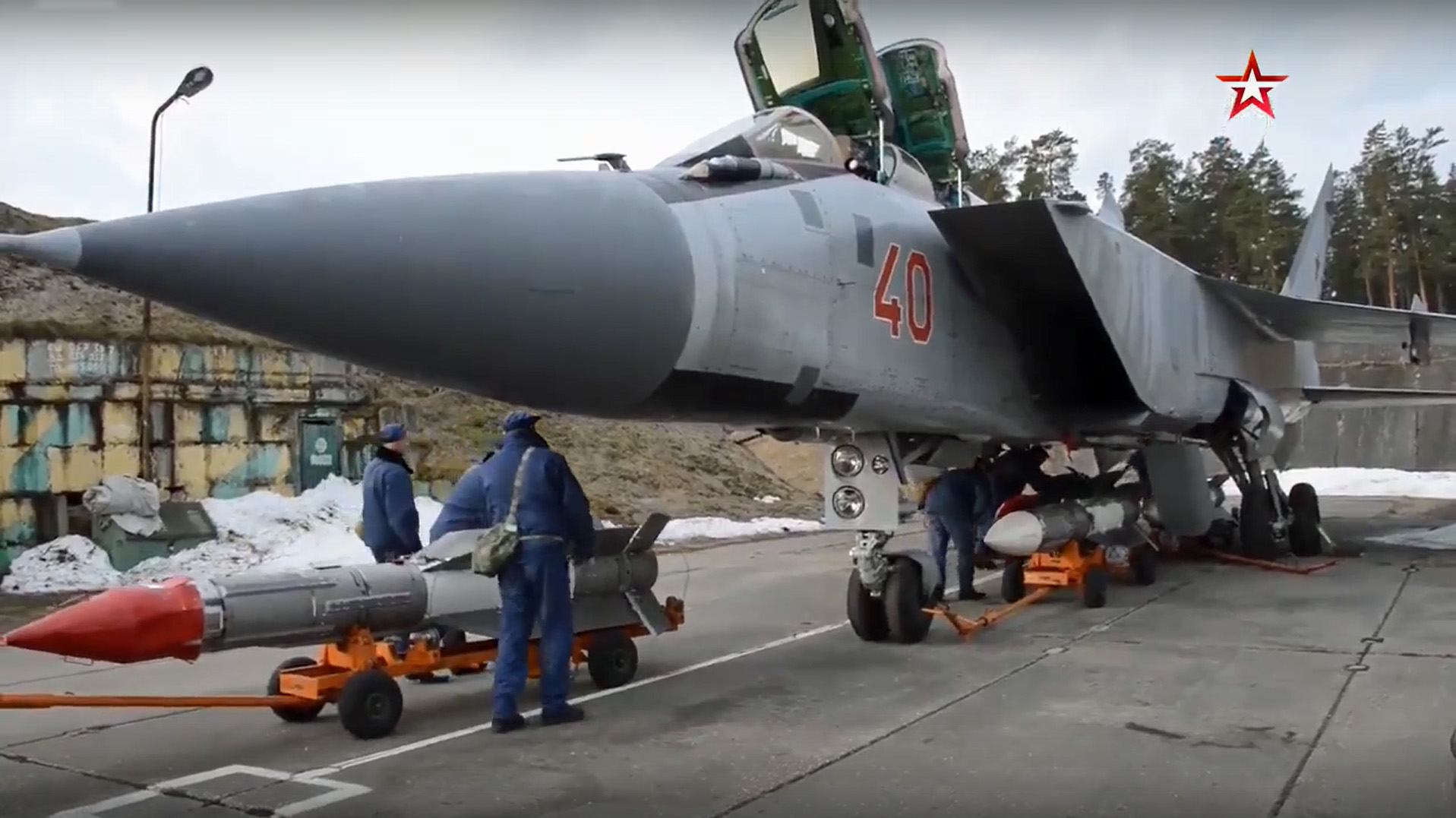

Starting in 2008, the Sokol plant in Nizhny Novgorod upgraded the surviving interceptors to MiG-31BM (Foxhound-C) standard, with the exception of a few still waiting for the upgrade in the regiment based at Yelizovo on the Kamchatka peninsula. The MiG-31BM has a Zaslon-AM radar with a claimed search range of 149 miles against a fighter-size target, twice as long as the original Zaslon. The MiG-31BM’s weaponry is supplemented by four heavyweight R-37M air-to-air missiles with a range of 124 miles. The upgraded jet can also carry also four medium-range R-77-1 (AA-12 Adder) or four close-air combat R-73 (AA-11 Archer) missiles; these replaced the obsolescent R-40s and R-60Ms.
The Vympel R-37M, or AA-13 Axehead, air-to-air missile was fired for the first time by a MiG-31 in 2011 and soon after entered full-scale production at the Tactical Missiles Corporation’s factory in Korolyov. The first operational unit to receive these missiles was the 712th Fighter Aviation Regiment in Kansk, in the Central Military District, at the beginning of 2018.
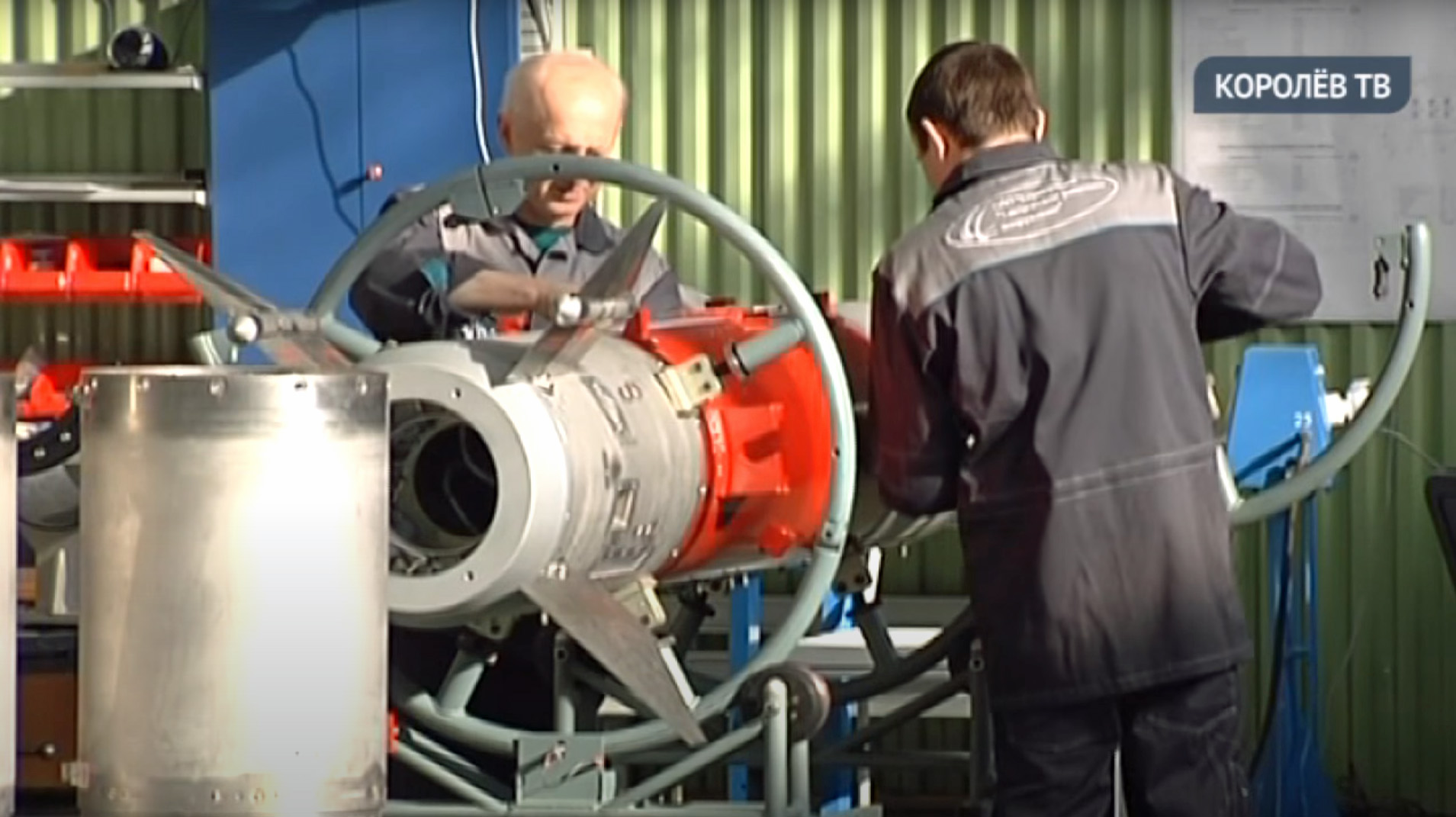
The R-37M missile, weighing 1,124 pounds, is similar in size to the R-33 (1,078 pounds), but thanks to a dual-pulse solid-propellant rocket motor and optimized flight profile, it achieves almost twice the range. It flies to the target on a lofted trajectory, controlled by an inertial navigation system with mid-course radio correction, and uses a dual X- and Ku-band active radar seeker for its terminal phase attack.
Foxhound in Ukraine
The Russian Aerospace Forces (VKS, to give its Russian acronym) and the Russian Navy operate between 110 and 120 MiG-31 interceptors between them. These are assigned to the 790th Fighter Aviation Regiment (IAP) in Khotilovo covering Moscow, the 98th Independent Composite Aviation Regiment (OSAP) in Monchegorsk covering the Northern Fleet’s strategic base at Murmansk, the 712 IAP in Kansk and 764 IAP in Bolshoye Savino (Perm) that are responsible for central Russia, as well as the 317 OSAP in Yelizovo and 22 IAP in Tsentralnaya Uglovaya that protect the Pacific Fleet’s bases on Kamchatka and near Vladivostok, respectively.

As well as its primary interception role, Russia also uses the MiG-31 Kinzhal strategic strike aircraft, assigned to Long-Range Aviation. These aircraft, wielding hypersonic ballistic missiles, have reportedly been used against Ukrainian targets, in strikes that were disclosed by Moscow in March and April. Since then, Russia has not claimed to have used Kinzhal again, but you can read more about the role of this particular aircraft in the Ukraine war here.
As for the interceptor Foxhounds, the biggest challenge when attempting to destroy aerial targets at very long distances is correctly identifying them and then indicating them to the missile(s). Equally difficult, at a distance of 120 miles or more, is determining which of the planes seen on the radar screen are friends and which are foes. That’s especially the case if the situation is dynamic and if the missile’s flight toward the target takes a few minutes.
For MiG-31s stationed in the north of Russia, over the Arctic, over Siberia, or the Pacific, the wartime tactical environment is simple: everything in the air ahead is an enemy.
The situation in Ukraine is similarly simple for the Russians: everything that flies deep inside Ukraine is a Ukrainian military aircraft. Russian aircraft do not venture that far west, and civilian air traffic over Ukraine has been suspended since February. Now, MiG-31BMs armed with R-37M missiles threaten a large part of southeastern Ukraine.
Several months ago, Russia deployed four MiG-31BM interceptors at Belbek Air Base in occupied Crimea. It is known that fighters from the Khotilovo and Kansk regiments have been rotated, but it’s possible that fighters from other units have also been involved.
On several occasions, the Russian Ministry of Defense has announced the shooting down of Ukrainian aircraft by MiG-31s. For example, according to a release on July 7, 2022, a MiG-31BM shot down a Ukrainian Su-25 Frogfoot ground-attack aircraft over the Mykolayiv region.

On October 27, 2022, in a video shown by Zvezda TV (affiliated with Russia’s Ministry of Defense), a pilot known only as ‘Alexander,’ standing in front of a MiG-31BM, said he shot down a Ukrainian Su-24 Fencer strike aircraft with a “long-range missile.” The exact missile type wasn’t specified. The same video showed MiG-31BM ‘24 Red,’ with the registration RF-90888, from the 712 IAP at Kansk, Central Military District. It was seen taking off from Belbek armed with three R-37M and two R-77-1 missiles. It then landed with the same set of weapons.
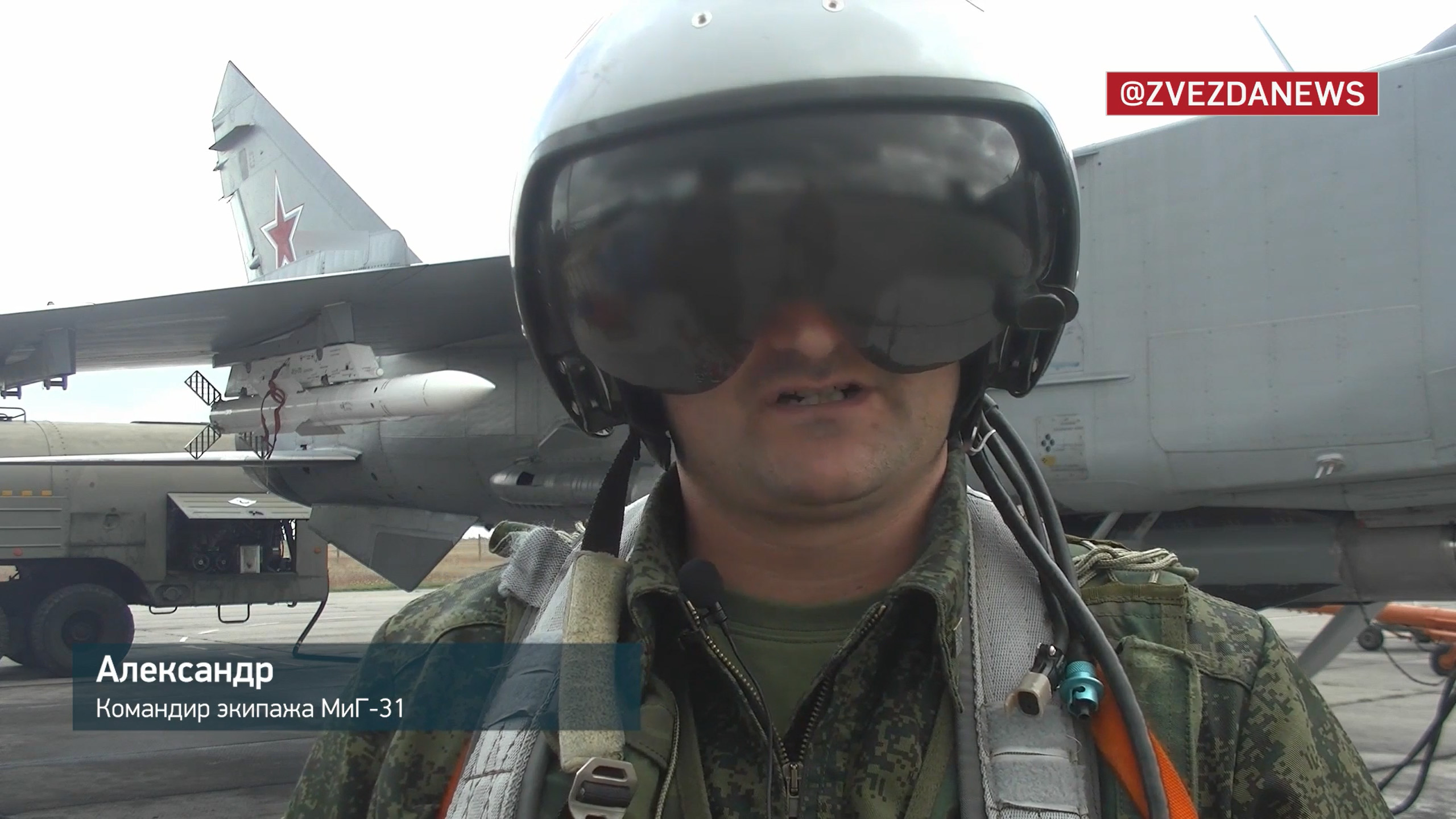

On October 1, 2022, during take-off from Belbek, a MiG-31BM departed the runway, crashed, and was completely burned out. The navigator/weapons system officer ejected successfully from the rear cockpit while the pilot was killed. This aircraft belonged to the 790 IAP at Khotilovo, Western Military District.


Located in the suburbs of Sevastopol, Belbek Air Base is now the main hub for Russian fighter jets operating against Ukraine. Meanwhile, permanently based at Belbek is the 38 IAP with Su-27SM and Su-27SM3 Flanker fighters and a handful of two-seat Su-30M2s for training. Now, in addition, Russia has deployed MiG-31BMs, as well as Su-35S and Su-30SM Flanker multirole fighters to the same base. Assorted transports and helicopters are also found at the base.
Although R-37Ms have not been noted there, Su-35S and Su-30SM fighters also operate from Voronezh Air Base, the normal home of the 47th Bomber Aviation Regiment with Su-34 Fullback strike aircraft. The Flankers here, deployed from the Russian Far East, had operated from Baranovichi in Belarus at the beginning of the war, before transfer to Voronezh.

R-37M air-to-air missile
Unlike the R-33 and R-33S missiles, which were dedicated to the MiG-31 interceptor and not used by any other aircraft, the new R-37M is a ‘universal’ missile, also integrated with Su-30SM, Su-35S, and Su-57 Felon fighters; integration with MiG-35S Fulcrum is reportedly underway. At the International Aviation and Space Salon (MAKS) exhibition outside Moscow in 2019, the R-37M was shown together with a Su-35S, and at the ARMY-2020 exhibition, it was shown alongside a MiG-35S.

In early 2021, a photo of a Su-35S over Syria appeared, likely carrying an R-37M; however, it’s hard to be certain of this due to the poor quality of the image.

The R-37M missile is offered for export under the name Raketa Vozdukh-Vozdukh Bolshoi Dalnosti, RVV-BD, or Long-Range AAM.

On November 1, Zvezda TV showed another video from Belbek, in which a different pilot, also named ‘Alexander,’ explained how he shot down a Ukrainian aircraft with a long-range missile — again, the missile type was not mentioned. This time, in the background, there was a Su-35S fighter armed with two R-37M missiles mounted in tandem between the engines, two R-77-1 missiles under the air intakes, two R-73s under the wing, and a single Kh-31PM anti-radiation missile under the wing.
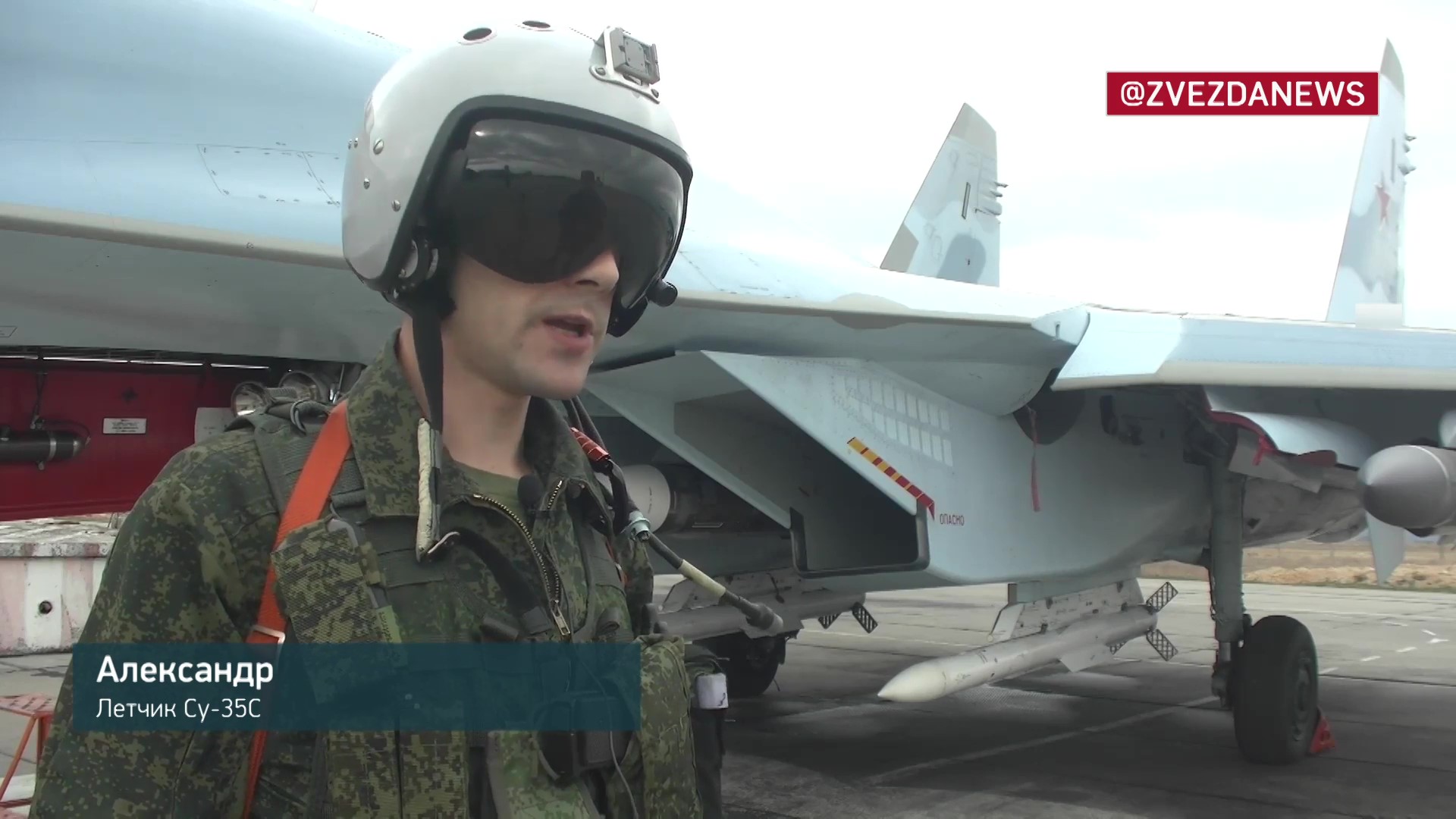
According to a recent report from the Royal United Services Institute (RUSI) think tank, the MiG-31BM and Su-35S typically provide coverage of eight assigned zones over the operational area, with a pair of fighters allocated to each. However, with no aerial refueling tankers available in theater, these jets are limited to combat air patrols of around two hours — a posture that requires around 96 sorties per day, if only daylight hours are included.
Nevertheless, RUSI notes that “these patrols have proven highly effective against Ukrainian attack aircraft and fighters, with the MiG-31BM and R-37M long-range air-to-air missile being especially problematic.” The reports adds that the VKS was firing up to six R-37Ms per day during October and that evading this missile has proven especially difficult, due to “the extremely high speed of the weapon, coupled with very long effective range and a seeker designed for engaging low-altitude targets.”
Defensive measures
With the R-37M missile at their disposal, Russian MiG-31BM and Su-35S fighters are now able to fire at Ukrainian aircraft from very far considerable distances, without entering any of the areas in which the Ukrainian anti-aircraft defenses are operating.
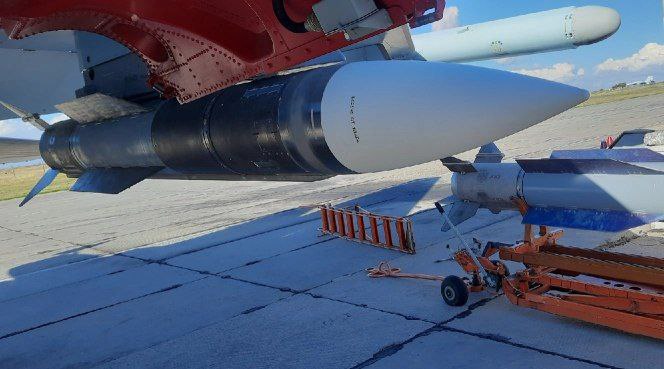
In order to counter the threat, Ukraine badly needs very long-range anti-aircraft systems, with surface-to-air missiles (SAMs) being the most obvious solution. Still, the longest-range SAMs available to Ukraine is the Soviet-designed S-300P (SA-10 Grumble) system that was in use at the start of the war. Since then, a steady process of attrition has reduced the number of such weapons available, and they are likely to remain a high-priority target for Russian defense-suppression assets.
Even the existing S-300P falls short of providing truly long-range air defense, however, with its 5V55R missile — the main type available to Ukraine — having a maximum range of 56 miles. The single S-300PMU battery provided by Slovakia early in the war is somewhat more capable.
Meanwhile, the S-300V1 (SA-12 Gladiator/Giant), a system related to the S-300P, offers improved cross-country mobility and an anti-ballistic missile capability. It can fire the 9M83 (SA-12A Gladiator) missile a maximum engagement range of around 47 miles while the 9M82 (SA-12B Giant) can engage targets out to 62 miles.
The SA-12A version of the S-300V1 was only ever available to Ukraine in limited numbers and the remaining examples are likely prioritized for defense against ballistic missile attacks.

Repeated calls from Kyiv for more robust ground-based air defenses have yielded results, including systems that are much more advanced than Ukraine’s Soviet-era SAMs. However, the weapons supplied or promised so far are primarily optimized for point defense of critical installations (IRIS-T SLM, MIM-23 HAWK, NASAMS, Aspide, and Crotale NG), or are shorter-range air defense systems, some of which are designed to accompany ground forces (Strela-10M, Stormer HVM).
Kyiv’s best bet of obtaining a longer-range SAM system that could potentially threaten Russian fighters at longer range remains the Patriot. This was included last month on a list of air defense systems from Gen. Mark A. Milley, Chairman of the Joint Chiefs, that could help Ukraine against Russia.
As well as its longer-range capability against traditional air-breathing threats, the Patriot would also provide further protection against ballistic missile assaults, which seem likely to increase in the near future via the delivery of Iranian types to Russia. You can read our full report on this situation and how Ukraine is largely defenseless against it, here.

Even if Ukraine were to get its hands on a long-range SAM system, the number of launchers involved would likely mean that it was prioritized toward controlling particular areas of airspace over Ukraine, to defend priority targets such as critical infrastructure and population centers.
Nevertheless, any kind of SAM that can effectively threaten aerial targets at longer ranges will help Ukraine. After all, even with a fairly modest ground-based air defense network, Ukraine has managed to inflict heavy losses on the VKS and, in turn, force Russian aircraft out of significant areas of its airspace. In areas where Russian strike aircraft and attack helicopters do operate, they have been driven to adopt less effective low-level tactics, while fighters like the MiG-31BM and Su-35S are limited to standoff patrols at high altitudes. Anything that can add to Ukraine’s ground-based air defenses can only complicate matters for the VKS and further restrict their freedom to operate.
All told, there is no easy way for Ukraine to address the threat of Russian interceptors like the MiG-31BM operating from standoff range. Ultimately, its best hope may lie in attacking the airfields from which they operate, something which it appears to have already done with considerable success in Crimea, with signs that airbases deeper within Russia could potentially be targeted, too.
Contact the author: thomas@thedrive.com
